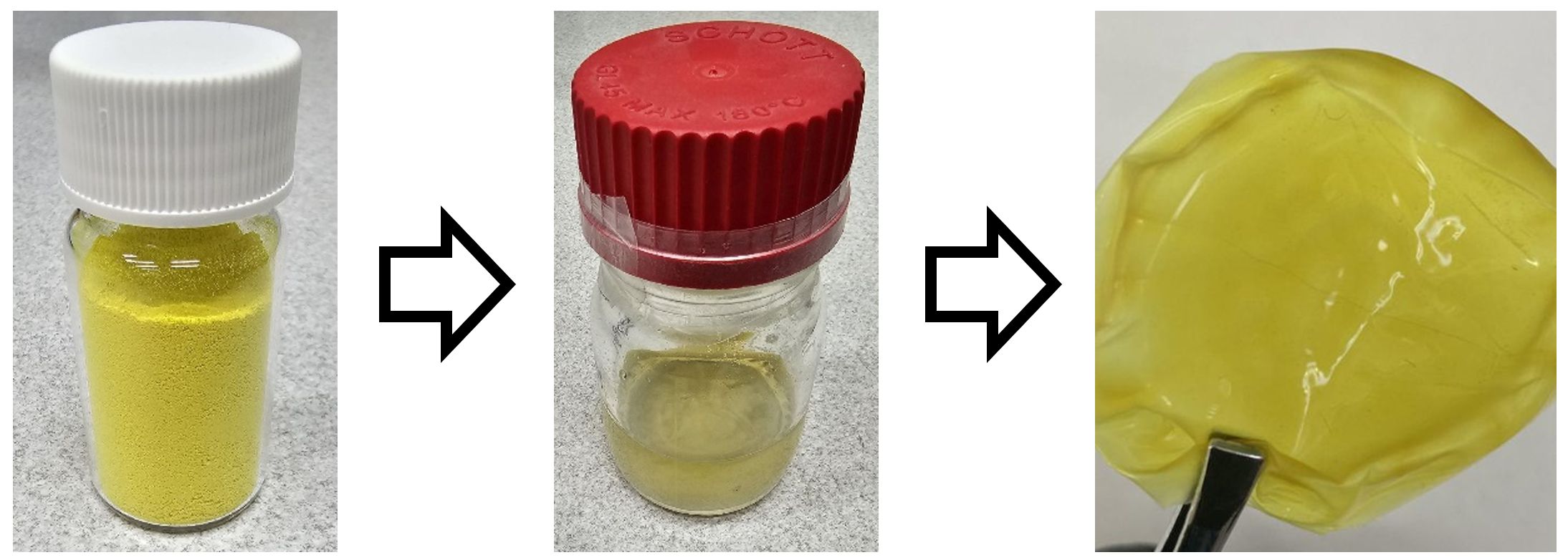Researchers involved in the development of a new European battery
Improved efficiency, greater environmental friendliness, and independence from non-European production – that's the plan for a new product in the battery market. Over the past four years, participants of the ASTRABAT project, including specialists from the WUT’s Faculty of Chemistry, have been working on it.
The battery consists of three main elements: two electrodes (cathode and anode) and an electrolyte connecting them. The improvement of the battery's overall properties depends on the selection of materials used to craft these components.
The aim of the ASTRABAT project was to explore the possibility of developing a battery with a solid electrolyte, using materials and manufacturing processes conducive to mass production taking place in Europe. Why such a need? It is primarily a matter of safety – both related to the use of the battery itself and strategic considerations.
A solid electrolyte battery is safer because it does not contain liquid, flammable, or leak-prone components. Consequently, it can find wide applications, for example, in automotive industry (electric vehicles), electronics, or renewable energy. Moreover, production within Europe using easily accessible raw materials eliminates dependency on the supply chain and the manufacturing process influenced by political or economic factors.
First results
So much about plans and needs. What was ultimately developed as part of the ASTRABAT project?
A project for a new battery was designed - in accordance with the assumptions - with greater thermal stability and safety. Instead of relying on a liquid electrolyte, it incorporated the most advanced polymer electrolytes and a durable ceramic filler.
The new battery is designed with material recycling in mind. Therefore, significant emphasis was placed on researching environmentally friendly components, manufacturing processes, and reducing the consumption of elements such as cobalt. The scalability of material synthesis processes was also ensured.
Original solutions from the WUT
Researchers from the Warsaw University of Technology were responsible for designing and synthesizing lithium salt and plasticizer from ionic liquid, followed by scaling up their production. They also tested a key component - a solid electrolyte, which distinguishes this battery from existing solutions. Additionally, the WUT team tested the components of the anolyte and catholyte - materials found exclusively in cells with a solid electrolyte, containing the anode and cathode, respectively.
– The salts and plasticizers for electrolytes are unique solutions developed and originally patented at the Warsaw University of Technology – emphasizes Leszek Niedzicki, PhD, and the head of the WUT team. – The fluorine-free salts developed as part of the project are the first in the world to meet the requirements of the battery industry.
When will the new battery be available?
The first prototype of the new European battery emerged in 2022. However, the device still requires refinement - issues regarding the interface and mechanical stability remain to be solved. This is a necessary condition to introduce the solution into mass production. The realistic timeline for implementing the technology on a larger scale is 2030.
The most important developments and solutions produced within the framework of the ASTRABAT project have been compiled in a technical manual, accessible on the website astrabat.eu.
The ASTRABAT project involved 14 partners from 8 European countries. The consortium included prominent research centers and universities, as well as automotive companies specializing in batteries and energy. Warsaw University of Technology was the sole representative of Eastern Europe in the groups.
Currently, following the conclusion of the project, implementation efforts are underway. This involves refining the production of components to prepare for licensing solutions for the industry and/or establishing joint ventures between consortium members to implement solutions in the industry. The majority of components were designed from the outset for mass production. Life cycle assessment analyses, encompassing both production emissions and subsequent recycling possibilities, were conducted for the proposed solutions. These analyses indicated that in terms of environmental impact, both production and the raw materials used are comparable to current Li-ion cell production, but with the potential to reduce these impacts and facilitate greater resource recovery. Measures aimed at reducing emissions and resource usage are among the primary considerations for adapting project results prior to mass-scale implementation.
The ASTRABAT project was funded by the European Union's Horizon 2020 program (grant agreement No. 875029).











